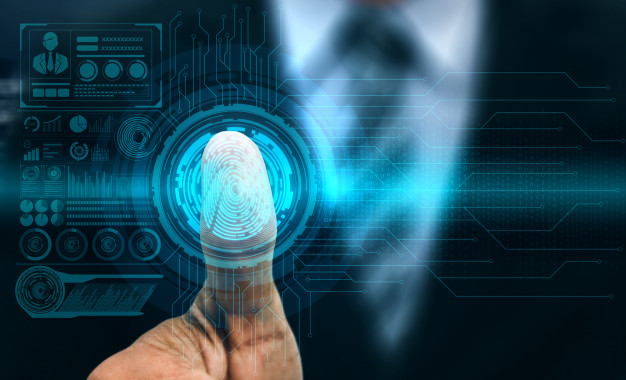Aadhaar Pay – Digitisation of Payments in India

In Today’s world of Digitalisation, the Government of India (GoI) is taking steps to provide the infrastructure and technology to promote the digital payment ecosystem. GoI has initiated steps like BHIM Aadhaar Pay, an alternative for online and card based payment to popularize digital payments in Rural India which forms 65% of Indian Population. Aadhaar […]



